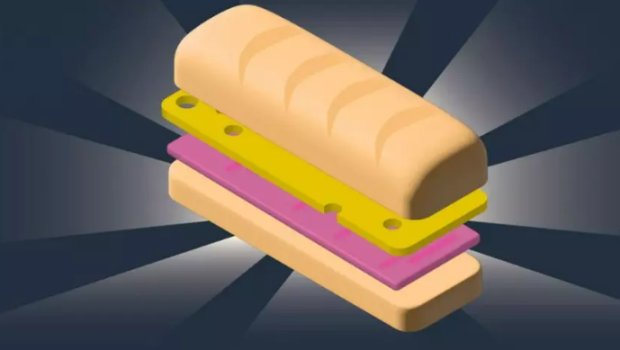The panini has become the modern day ‘chicken or fish’ dilemma, but technology now offers a solution

Airline catering is much more complex than it looks and can be a logistical nightmare for airlines. Even making sure passengers have their preferred choice of food or beverage can be a tricky conundrum. In the past loading an aircraft with the right proportion of chicken or fish meals had been more luck than judgement although a lot of manual calculations behind-the-scenes established an average formula.
However, average is no longer enough with the LCCs and changing practices bringing a much wider variety of products now available onboard to purchase. Fortunately, technology is working to ensure the right inventory of products are loaded on aircraft to meet passenger wishes.
Irish budget carrier Ryanair is currently the world’s largest international airline, operates one of the world’s most-visited travel websites, and – as reported by The Economist – its finance director reckons it is the “largest seller of ham and cheese panini in Europe”.
The airline is an Amazon Web Services (AWS) customer, using the cloud across its operations to lower costs, reduce food waste, cut carbon emissions, and ultimately, deliver the best possible experience for its passengers.
“Your holiday starts on the aircraft,” said Aoife Greene, Ryanair’s deputy director ancillary and head of retail, who decides exactly what food, beverages, and other items, and in what quantities, each jet should load every morning. “People want their gin and tonic. They want their ham and cheese panini. They want to sit back and relax. They don’t want to hear, ‘no, that’s not available.’ It’s our job to make sure no one is disappointed.”
What few Ryanair passengers realise as they bite into their sandwiches is that the trollies rolling down the aisle are serving more than snacks. The trollies are a vital source of information about what’s being requested and sold, which is fed into a machine learning tool (nicknamed the “panini predictor”) built using AWS that’s helping the airline forecast precisely which products to put on which plane. But why?
